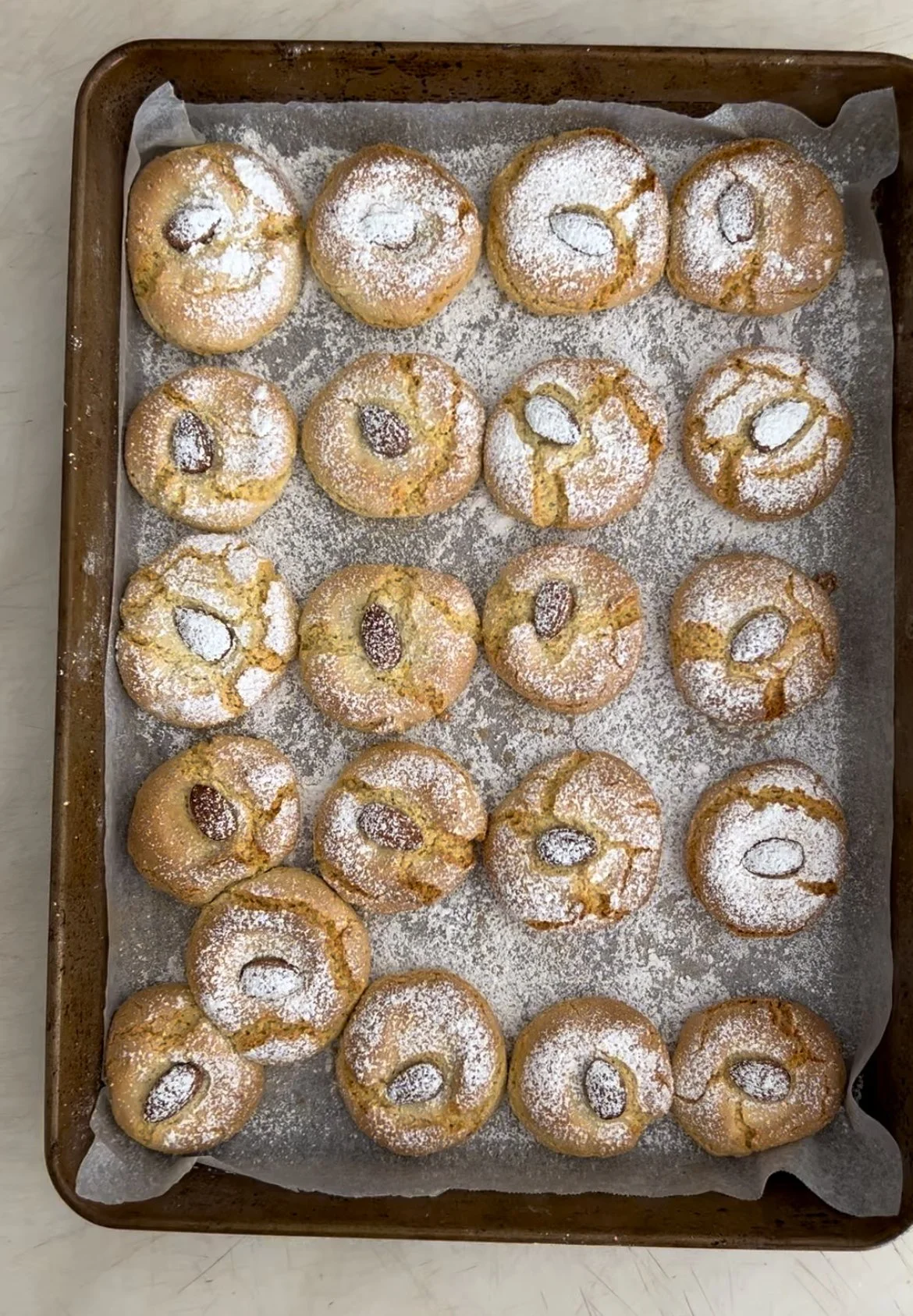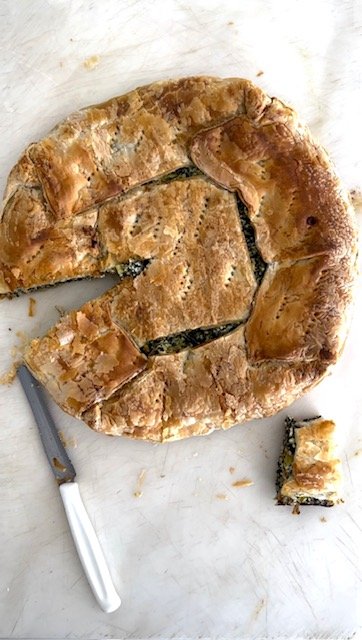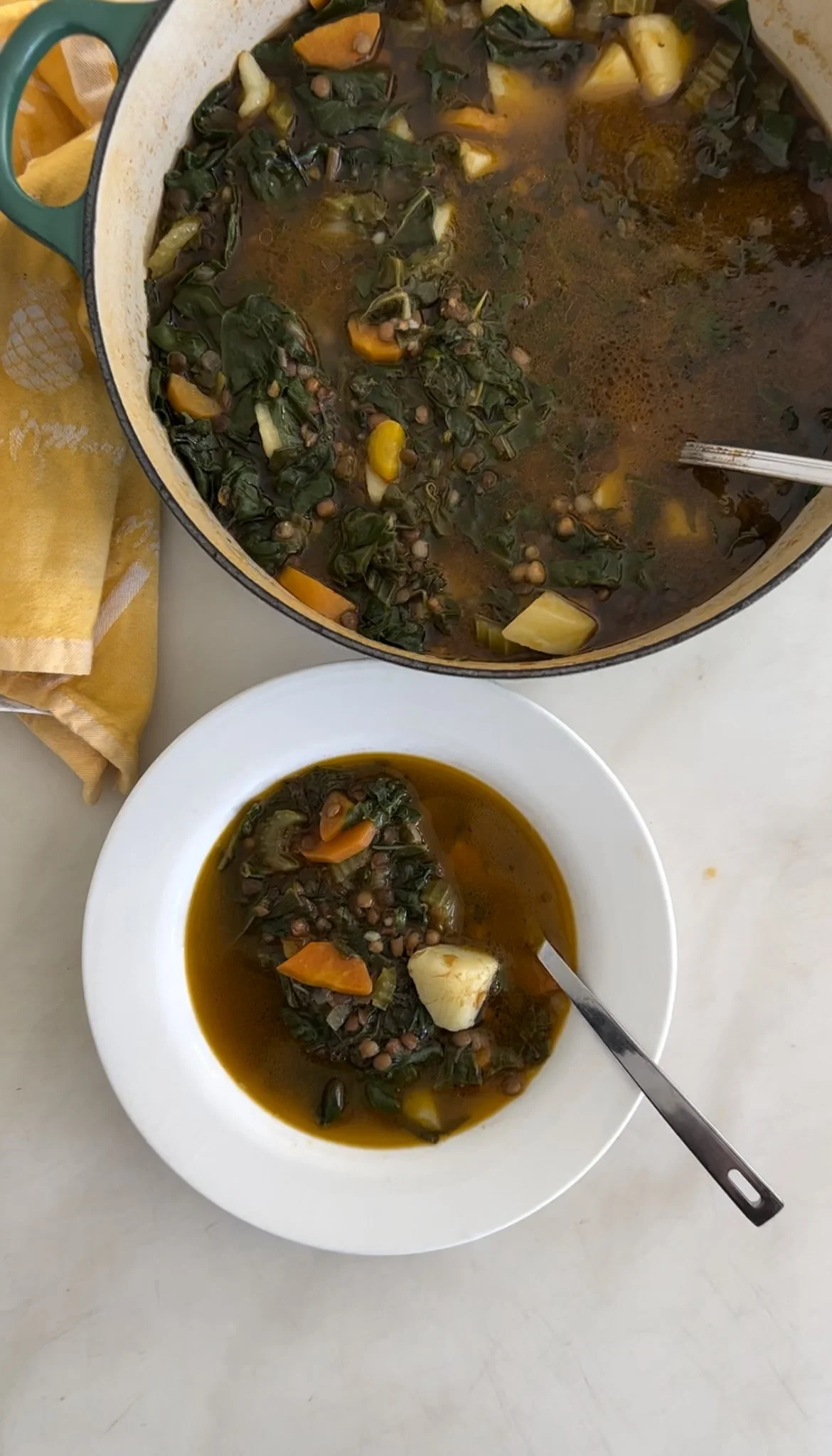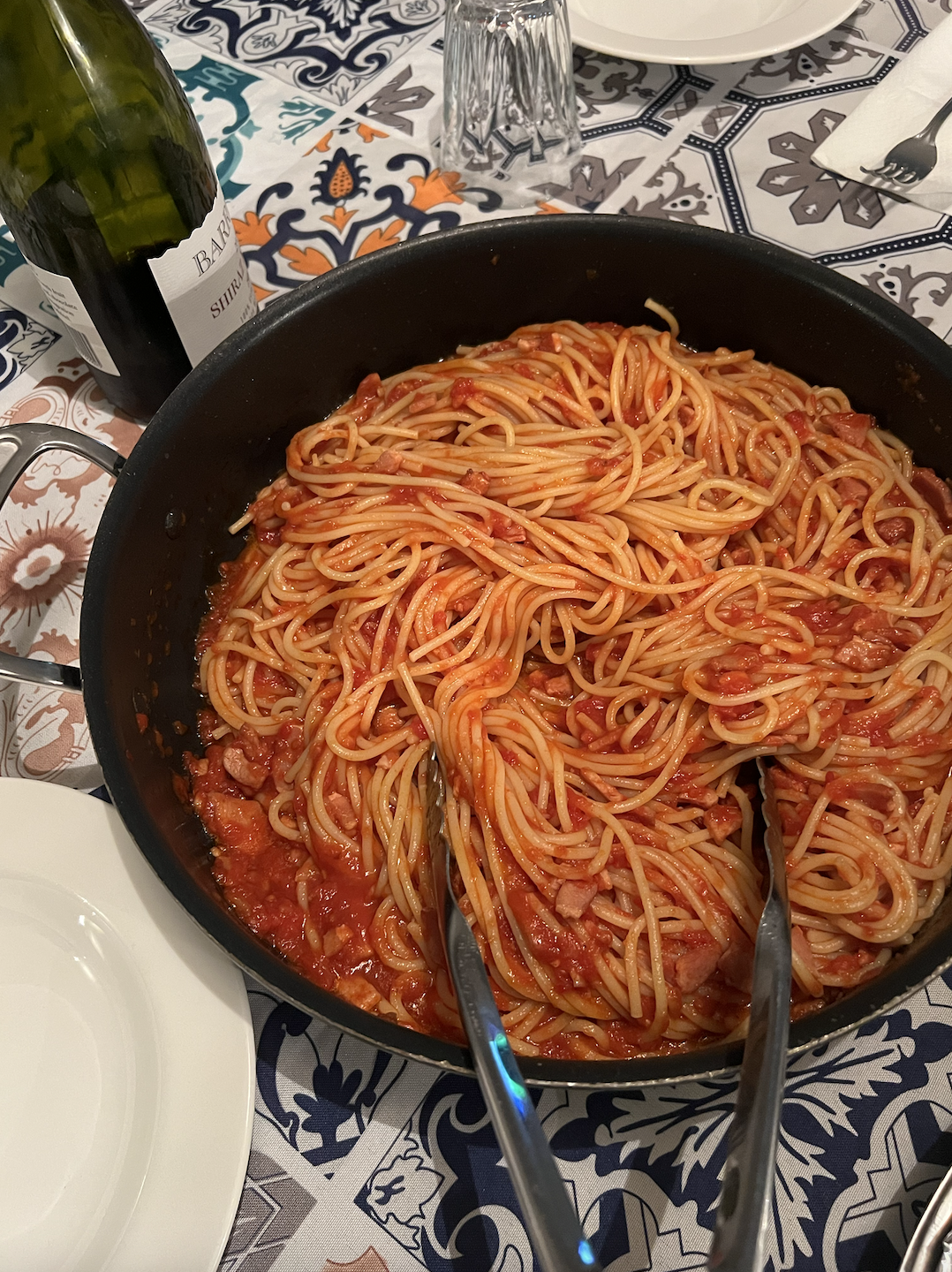Inside an Italian Kitchen: Must-haves to live and eat like an Italian
Ever wonder what makes an Italian kitchen truly Italian? It’s not just the pasta machines or bottles of wine—it's the essential ingredients and tools that turn every meal into a simple celebration. From the humble yet magical espresso-making instrument to the liquid gold that is extra virgin olive oil, the Italian kitchen is full of simple gadgets and treasures that elevate even the most basic dishes and everyday experiences.
Embrace the Italian way of both eating and living with these kitchen must-haves.
Moka Pot
Coffee is a religion in Italy. From frothy cappuccinos to smooth shots of strong espresso. Of course, early mornings making conversations at your local bar is quintessentially italian. But contrary to popular belief, many locals enjoy a fresh cup of caffeine at home and to do so, it doesn’t require a fancy espresso machine or automatic gadget. Instead, the Moka Pot is a go-to method for making coffee at home which has been around since 1933.
Most Moka Pots are small in size, sleek in design, and optimal in functionality, always read to be used. Typically used on a stovetop, heat from the stove produces steam and pressure to brew the coffee. In many Italian households, they’re more than just a coffee maker but a kitchen staple, often left on the stovetop as a subtle yet cherishable detail.
Extra Virgin Olive Oil
In an Italian household, coffee may be fuel, but extra virgin olive oil is liquid gold. Deeply woven into Italian culture, EVOO has been a culinary and cultural staple since ancient Roman times. The Romans perfected olive cultivation, and by the Middle Ages, Italians had embraced olive oil not just for cooking, but also for its medicinal properties.
Today, Italy is now one of the world’s top producers, with regions like Tuscany, Puglia, Umbria, and Sicily known for their various olive trees. More than just a cooking essential, extra virgin olive oil is a must-have condiment, drizzled generously over salads, pasta, and vegetables. When buying olive oil, always check the labels to ensure high quality. Look for terms like extra virgin, 100% cultivated in Italy, and cold-pressed—the true markers of an authentic Italian EVOO.
Pasta
If coffee is a religion, then pasta is pure, unconditional love. A staple of Italian and cuisine, pasta earns its place at the table thanks to its versatility, affordability, and good taste. While fresh pasta gets plenty of praise, a good-quality dried pasta is an Italian kitchen essential—and a favorite among true pasta lovers. For the best flavor and texture, always reach for Italian durum wheat-dried pasta at your local market. And don’t be shy about stocking up on different shapes and sizes, from rigatoni and farfalle to pastina and linguine– most italians eat pasta multiple times a week, year round!
Aged-cheeses
Pecorino Romano, Parmigiano Reggiano, and Grana Padano are the ultimate Italian aged-cheese trifecta. Among the most recognizable cheeses, they are left to mature for several months to years, developing distinctive flavors and aromas. Mostly used grated over dishes, they are also enjoyed in chunks as a snack or paired with a glass of wine or a cocktail. Italians always have these cheeses on hand, as if no fridge or meal is complete without one.
Limoncello
Of course wine is a given, but have you heard of limoncello?Limoncello is an iconic Italian lemon liqueur that’s beloved both in Italy and around the world. Growing up, I remember my family making it at home—a labor of love that involved steeping lemon zest in alcohol and sweetening with sugar. Llimoncello is best to be enjoyed ice-cold in small glasses after a meal that is believed to aid in digestion. And the best part? You can easily keep a small bottle in your fridge, ready to bring out for dinner parties, special guests, or even just to elevate an ordinary evening.
If you are not a limoncello fanatic, you could try other after-meal digestives like an amaro: an Italian alcoholic sipping beverage that is typically more bitter in flavor.
Jarred tomatoes
Did you know Italy is home to over 300 varieties of tomatoes? Juicy, delicious, acidic, and sweet, tomato season shines in the summer months. During the off-season when fresh tomatoes are not always available, jarred tomatoes and tomato sauces become kitchen staples, offering high-quality, easily accessible tomatoes perfect for pasta sauces or soups.
Basil
Onions and garlic are common in Italian cooking, but contrary to popular belief, they aren’t essential for every dish. Basil, however, is the holy grail of Italian herbs, bringing freshness and a signature intoxicating aroma used in classic dishes like Pesto Genovese, Margherita pizza, and Caprese salad. Italians would agree that fresh basil is superior to dried basil. In true Italian fashion, it’s as simple as keeping a small basil plant in a sunny window so you’ll always have some fresh on hand.
Written by Gabriela R. Proietti




























